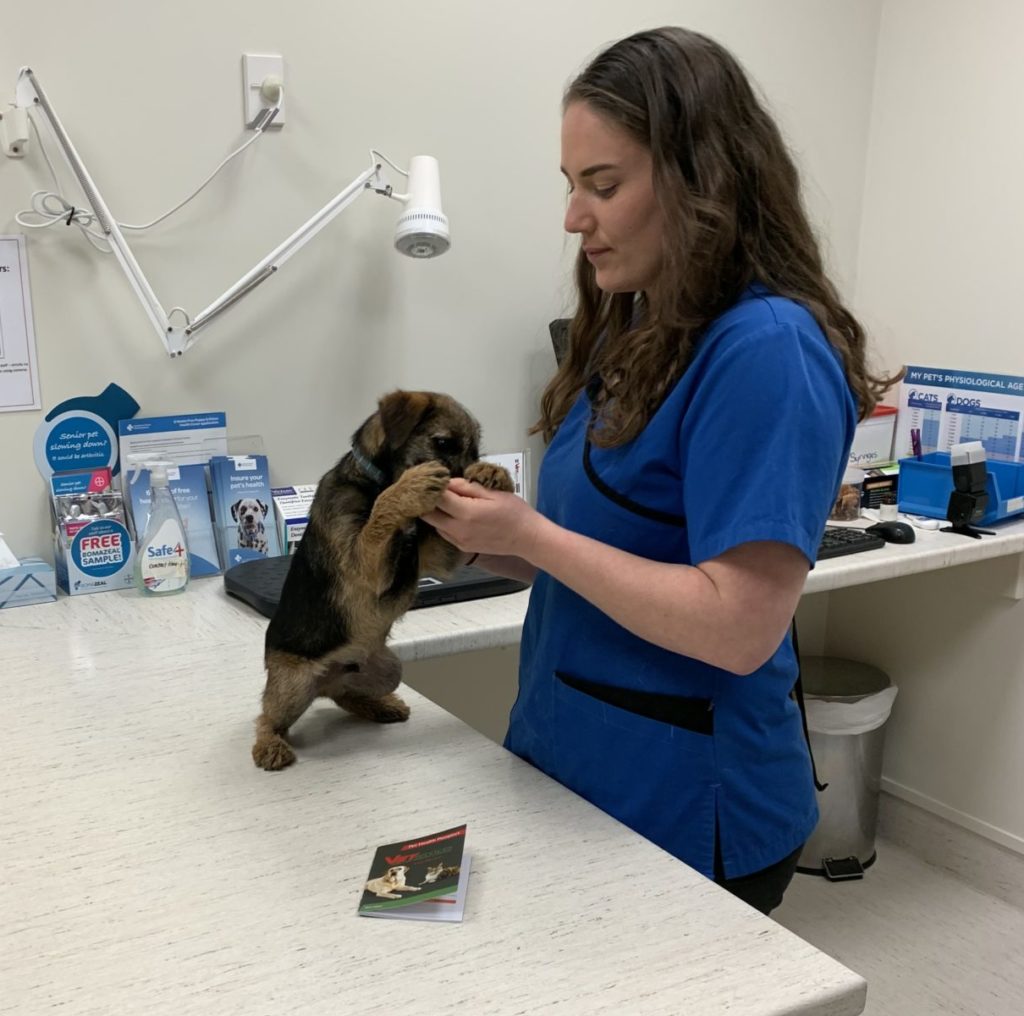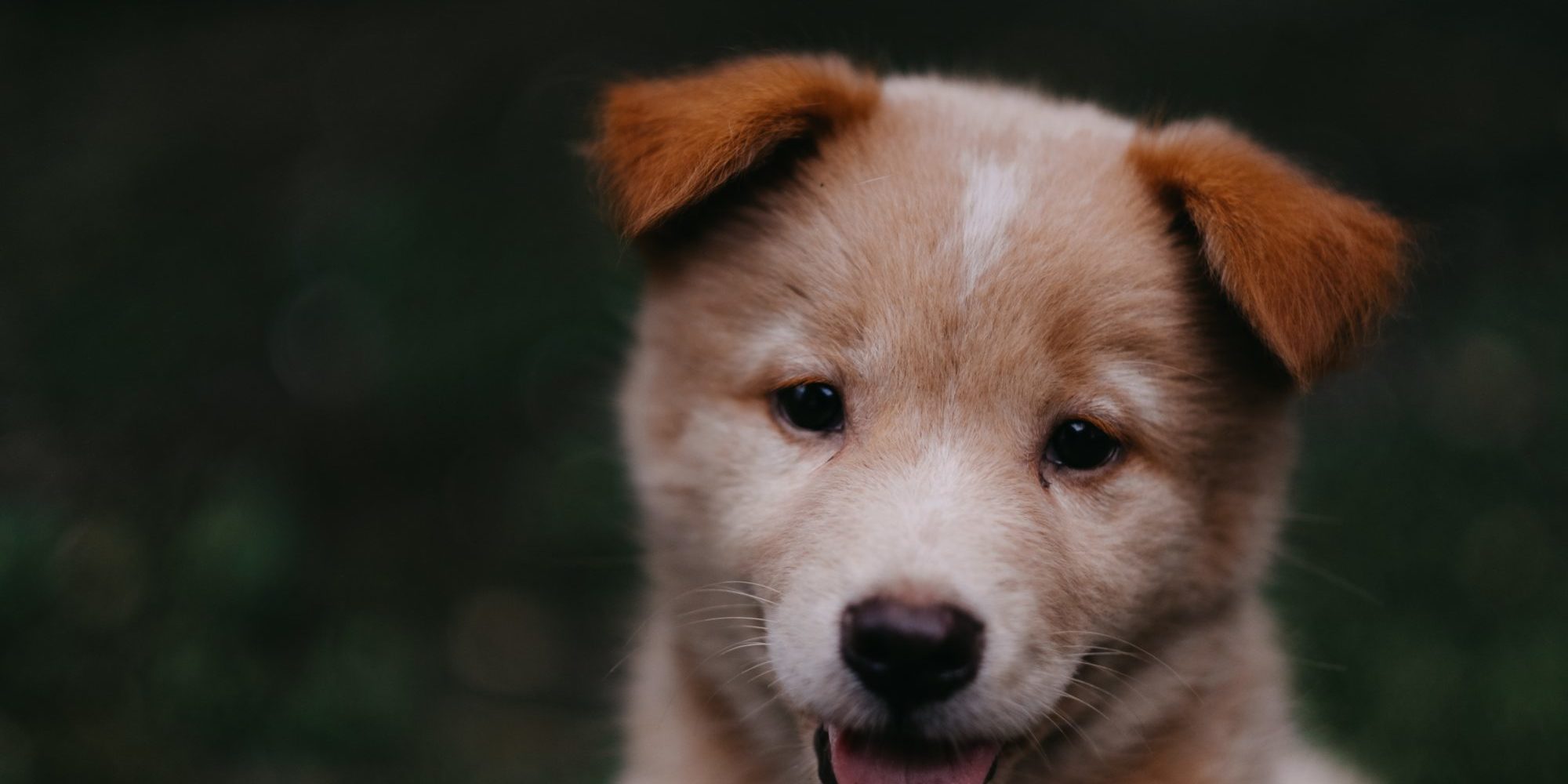 Canine parvovirus, commonly called ‘Parvo’, is a highly infectious and often lethal disease that affects puppies and dogs. It effects their stomach and small intestine and symptoms can include; vomiting, diarrhoea (often with traces of blood), a lack of appetite, dehydration and rapid condition loss.
Canine parvovirus, commonly called ‘Parvo’, is a highly infectious and often lethal disease that affects puppies and dogs. It effects their stomach and small intestine and symptoms can include; vomiting, diarrhoea (often with traces of blood), a lack of appetite, dehydration and rapid condition loss.
Puppies under 6 months of age are at the highest risk for infection due to having an underdeveloped immune system. The virus is transmitted and caught both directly (dog to dog) and indirectly (human or faeces to dog) and can survive in an environment for years – making it extremely difficult to control!
Fortunately, a vaccination was developed to protect pets after identifying the disease in the mid 1960’s. The dog core vaccination now includes cover for canine parvovirus, adenovirus, parainfluenza and canine distemper (which thanks to vaccinations has now been eradicated).
Vaccination is the best thing you can do to keep your puppy safe from parvovirus.
You can start your puppies’ course of vaccinations from 6 weeks of age. Your veterinarian will let you know how many puppy vaccinations your puppy requires – usually 2 or 3, followed by an annual booster.
Because the virus is extremely contagious and can survive in an environment for years we strongly recommend you do not walk your puppy in public areas and dog parks until they have finished their course of vaccinations.
If you are concerned about your puppy, please call your veterinary clinic as soon as possible. Time is a critical factor
We ask that you do not bring your puppy into the clinic if it is unwell. Instead, your veterinarian will come out to your car. The vet team can diagnose parvo with a SNAP test from a small faeces sample. Following this result, your vet team will outline the treatment plans available and decontamination protocols to minimise any further transmission. It is likely your puppy will need to be hospitalised for urgent treatment and close monitoring.
Please note, despite inpatient care, mortality rates for canine parvovirus are still devastatingly high in younger puppies (up to 50% of puppies may not survive).
Regular vaccination of all dogs in the household and being aware of where your dogs are walked are a good way to keep all your dog’s safe.






